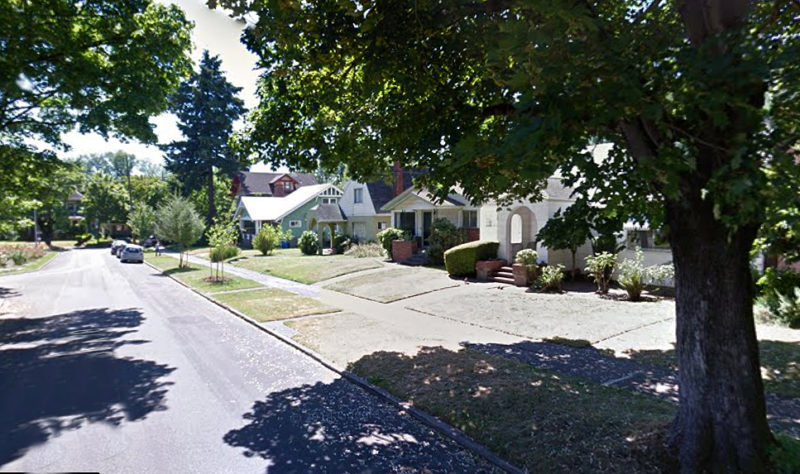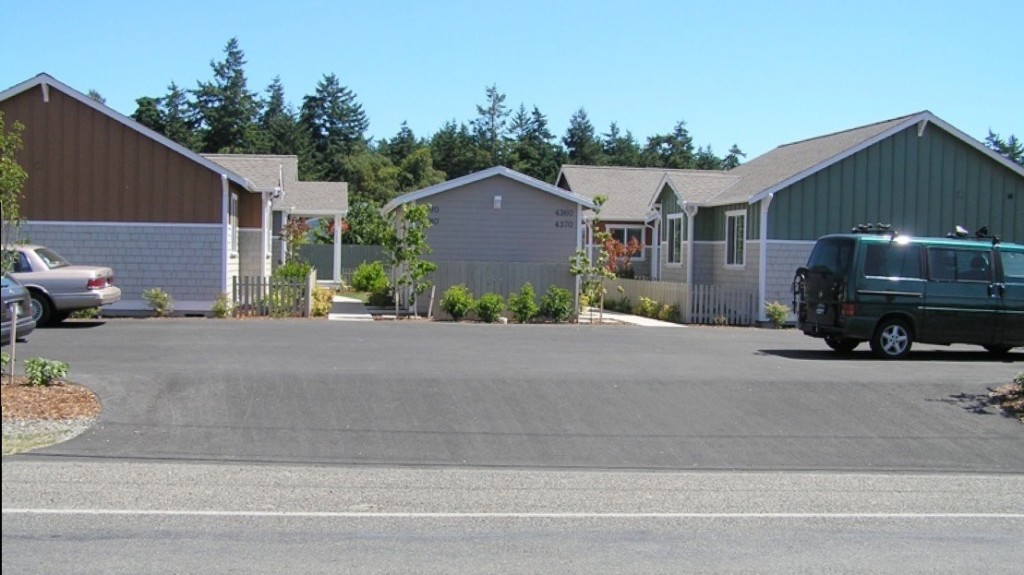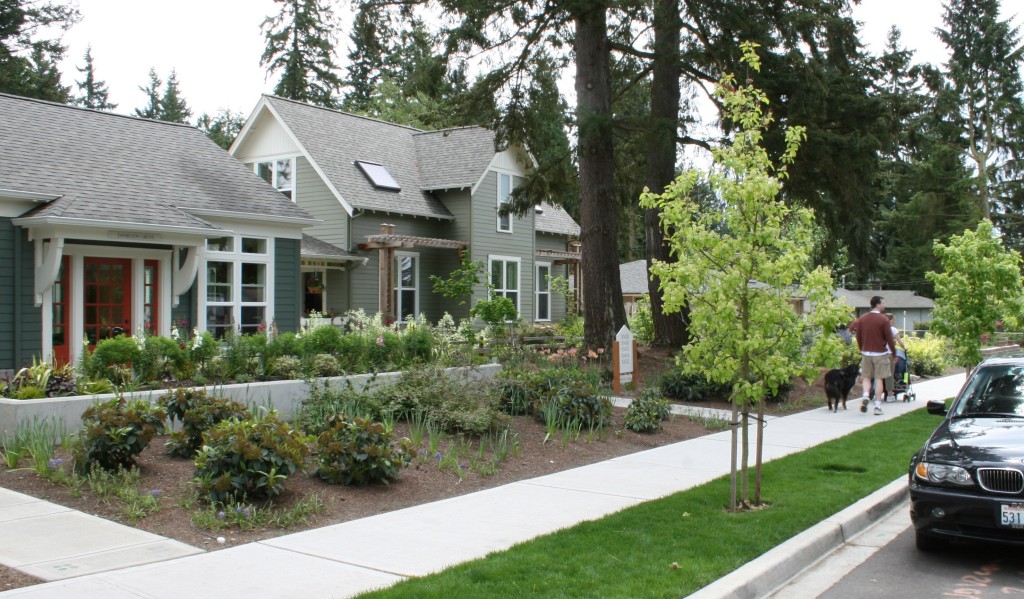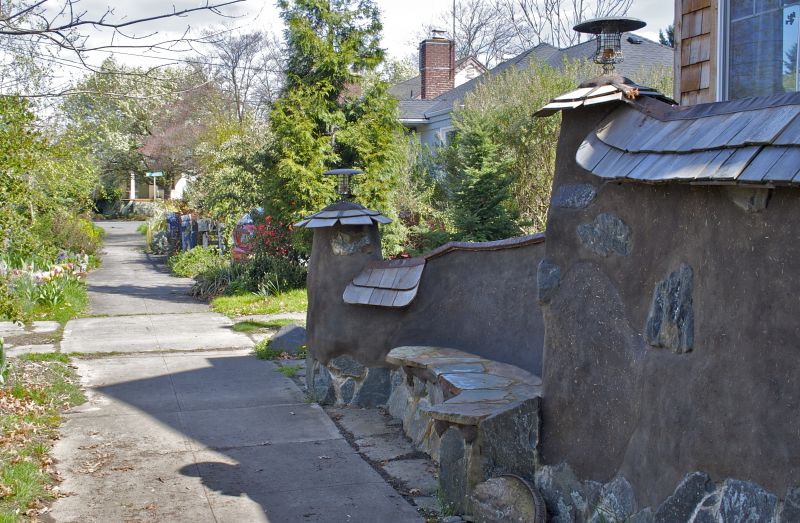
When building a wall to buffer their house from the public sidewalk, these owners incorporated a bench for passersby to sit on.
I had an engaging conversation recently with Sally Fox, a podcaster and leadership consultant, covering a range of big ideas. We talked about zugenruhe moments of restlessness, finding our passion and right work, navigating cultural shifts, the Beauty Mind and our antenna for sweet spots, the makeup of thriving communities, Christopher Alexander’s theories about wholeness, and more.
As it emerged, the theme came to be about the paradox between serving ourselves while serving the larger whole. It’s a both/and proposition. As we feather our own nest (or as designers, serve our client’s needs and desires), how is it that we connect and contribute to making the surrounding neighborhood better/richer/more alive? It’s tempting to take a position of hunkering into a view that says, “I’ve got property rights. I can do whatever is allowed by law.” That may be so, but then we’re left with disconnected patchworks of personal compounds.
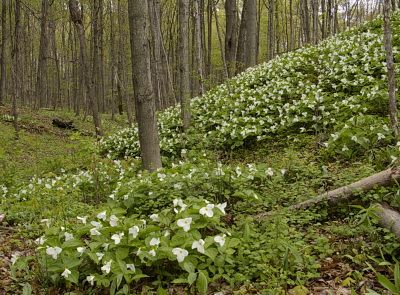
The principle of Site Repair urges us to leave the most beautiful places alone and to build on the ugliest, thereby “mending a rend in the existing cloth”.
As I write this, I’m reminded of Pattern 104 Site Repair, from Alexander’s A Pattern Language. When choosing a site for a house, or any building for that matter, it seems natural to locate it in the most beautiful spot, with the best view, the healthiest trees and easiest slope to work with. From an individual perspective, this is the most obvious and sensible thing to do. But from a wider view, this site has a condition of ecological health and wholeness. Building in this location will diminish this health, while leaving other not-so-nice parts of the site unchanged. Will there be money and energy available to clean up the corner where old building materials are buried, or cultivate the stony slope where no plants are growing? And what about the small beautiful things that don’t register on a site survey—trillium flowers covering the forest understory in spring, the favorite path meandering across the meadow, the weathered paint on the old barn? These precious details are expressions of the wholeness of a place that take many seasons to mature, and that are easily lost in the shuffle of building. Alexander urges us to leave the most healthy places alone, and to “treat every act of building as an opportunity to mend some rend in the existing cloth, (thereby making) the ugliest and least healthy parts of the environment more healthy.” This is the principle of site repair.
In the context of our conversation, efforts to make something better for ourselves can be opportunities to make the larger world a better place.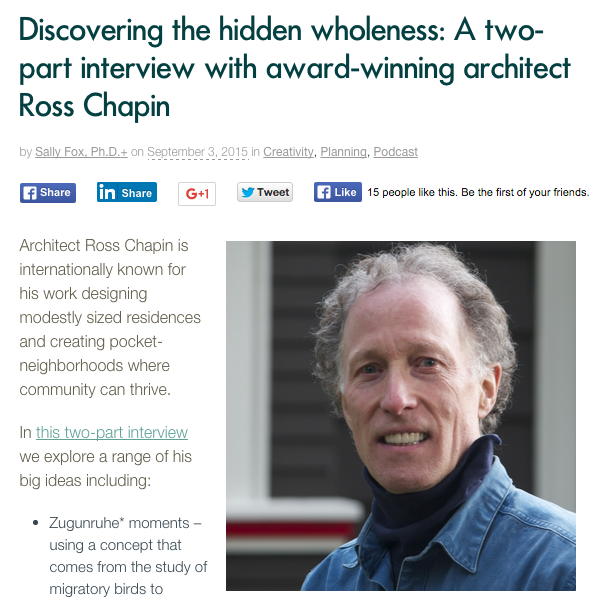
The conversation is in two parts. Enjoy a listen!
—Ross Chapin
